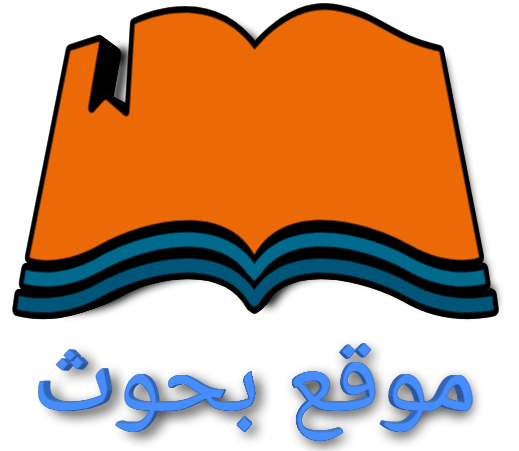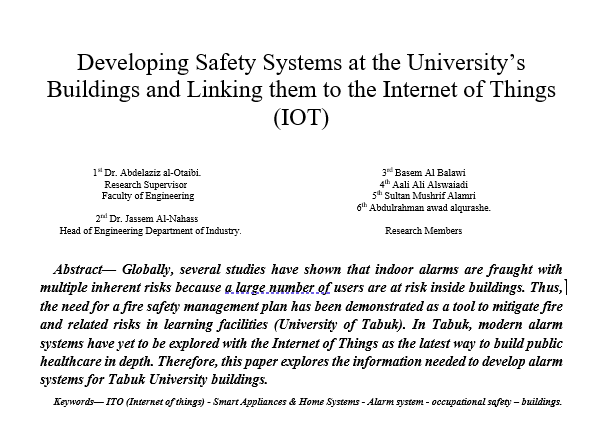
دراسة تقليل تركيز عنصر البورون في المياه المحلاه بطريقة التناضح العكسي بواسطة طريقة التبادل الايوني : حالة دراسية محطة تحليل مياه البحر في محطة توليد الكهرباء في غزة pdf
ملخص الدراسة:
Despite that boron is an essential micronutrient for plants, the line between deficiency and excess is narrow, and excessive amount of boron could have negative effects. Therefore, Boron has increasingly become a concern in recent years due to its adverse effects on agriculture with very low concentration as 0.5 mg/L for sensitive crops such as citrus. The recommended values according to the irrigation water standards of Food and Agricultural Organization are between 0.5-15 mg/l depending on the type of agricultural crops. Meanwhile, many Gaza water wells contain high concentrations of boron (> 0.5 mg/L ) and the sewage contains boron concentration of around 4 mg/l, and despite that seawater desalination is practiced on a small scale, but the Boron content in the permeate water of the first pass Reverse Osmosis in seawater desalination plants is considered high (1.9 mg/l). Accordingly and due to the strategic plan of the Palestinian Water Authority, which totally depends on the desalinated water for domestic water supply and wastewater reuse for irrigation, the boron concentrations will increase massively in the wastewater and will lead to a boron problem. Therefore, in order to be able to utilize this wastewater for irrigation, the maximum content of boron in desalinated water needs to be reduced to less than 0.5 mg/L before being pumped for the domestic usages The ion exchange Amberlite IRA-743 resin was employed for batch and column-mode sorption test for Boron removal. Batch-mode sorption study was performed using various amounts of Amberlite IRA-743 resin and with contacted with 100 mL of the Boric acid H3BO3 solution (C0= 100 mg B/L) with 4 days continuous shaking. Approximately 1 g resin/L was found to be the optimum resin amount for boron removal. The equilibrium capacity of the resin was estimated to be 6.8 g/L resemble with maximum manufacturer capacity of 7g/l. While, Column-mode sorption test have been carried out using 50 mL of wet-settled volume of resin at Specific velocity of 16 h-1 to study the operation capacity of the resin for Boron removal from Natural Seawater Reverse Osmosis permeate. The permeate has been taken from the desalination plant of Gaza Power Station where Boron concentration is 1.90 mg/l and pH value is 6.7. High removal efficiency of 96% with operation capacity of 3.8 g B/L of resin has been obtained. The breakthrough point of 0.5 mg B/L was reached after 1600 BV of continuous operation with a resin capacity of 2.77 g/l resin. The exhausted point has been reached after 3400 BV with resin capacity of 3.82 g/l resin. Boron loaded onto the exhausted resin was eluted quantitatively from the resin using less than 2 BV of 10% H2SO4 solution at Specific velocity 2 h-1. Elution efficiency value was 84%. The resin was tested for two sorption cycle in order to investigate the reusability of the resin. The removal efficiency of the second sorption test remained almost the same after regeneration step with efficiency of almost 94%. It clear from this study that the Ion Exchange method used is effective in Boron removal from permeate water of Seawater Reverse Osmosis and that is how the negative effects of irrigation water can be reduced.
توثيق المرجعي (APA)
خصائص الدراسة
-
المؤلف
Ouda, Amjed Samir
-
سنة النشر
2014
-
الناشر:
الجامعة الإسلامية - غزة
-
المصدر:
المستودع الرقمي للجامعة الإسلامية بغزة
-
نوع المحتوى:
رسالة ماجستير
-
اللغة:
English
-
محكمة:
نعم
-
الدولة:
فلسطين
-
النص:
دراسة كاملة
-
نوع الملف:
pdf



